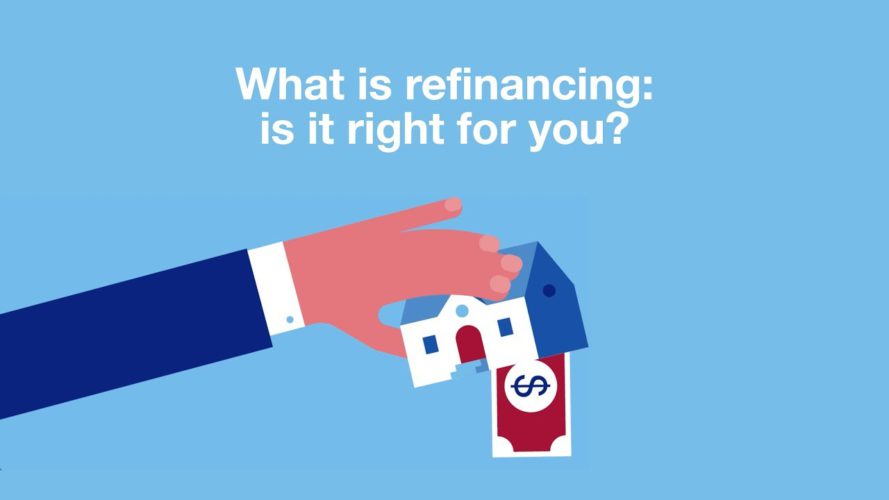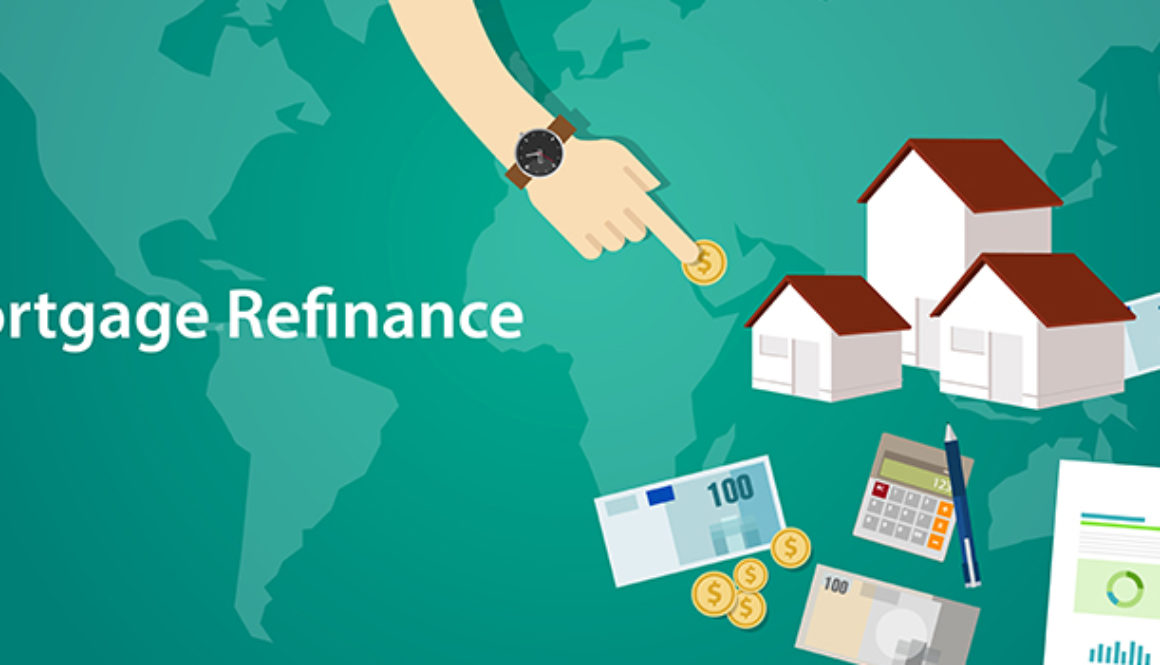What is Mortgage Refinancing?
Mortgage refinancing is when you have an existing loan with one bank / lender and you wish to transfer this loan to another lender. This can be due to various reasons.
Mortgage refinancing must not be confused with a ‘top up’ loan. A loan ‘top up’ is when you increase your loan amount but remain with your current lender. Refinancing is when you change your lenders.
There can be many reasons for seeking to refinance your mortgage:
- You are not happy with your existing lender
- You are looking for a cheaper loan with a better loan structure.
- Your current lender is not ready to approve your application for an increased loan amount.
Mortgage refinancing will involve the following:
- Complete the entire loan application process and provide all the documents required by the new lender.
- Employ the services of a solicitor to arrange the discharge of the current mortgage and transfer the property title to a new lender.
- Financial penalties payable to the current lender if you are on a fixed mortgage.
You must have a clear financial objective in mind before you decide to refinance your mortgage. The decision should be based on your individual financial situation. You must decide only if it makes financial sense because it takes time, effort and money to refinance your property.
Refinance from a Floating Rate to a Fixed-Rate
You must take into account what mortgage rates are doing. Are they rising or falling? If the floating or adjustable rate mortgage (ARM) is much higher than the prevailing fixed interest rates then it may be a good time to consider fixing your mortgage.
Another important thing to consider is the amount of time you plan to own your home or the investment property. If you’re only going to keep it for a few months or years then it does not make sense to refinance but continue on a floating rate as loan breaking costs can be high. If you’re planning to own the property for longer period of time then it might be advisable to refinance to a fixed-rate mortgage.
Refinancing from a Fixed-Rate Mortgage to a Floating Rate
This again depends upon the length of time you wish to own the property. It makes no financial sense to pay a higher interest rate on a 30-year fixed-rate mortgage when you wish to sell it in let us say seven years. You may consider keeping your loan either on floating rate or ARM or fix it for a seven year period.
Incase your loan is not assumable you may get stuck with a property if the breaking cost of the loan are so high that it will prohibit you from selling the property.
Increasing Your Cash Flow by Lowering the Mortgage Payment
You can substantially lower your mortgage payments by reducing the borrowing cost by just one half to one percentage point in interest rate. If you have a large property folio even minor changes in interest rates can improve your financial position by mortgage refinancing.
There are different mortgage refinancing options you can use to lower your monthly mortgage payment and improve your cash flow.
- Simply refinance to a lower interest rate. A lower interest rate will lower your monthly payment.
- Change the term of your mortgage. You can either increase or decrease the term of your mortgage to take advantage of the most suitable prevailing rates.
- Refinance to an interest-only loan. An interest-only loan with no principal repayments will improve your cash flow and give you better tax benefits.
Refinance to get Cash from Your Property
You can refinance to get a home equity loan. You can use the money for funding home improvements, pay for children education or pay off high-interest on your credit card debt. You should do this only if you have additional cash flow to pay off the increased monthly mortgage repayments.
Paying off high interest credit card debt with loan against your property makes lot of financial sense. This can result in saving thousands of dollars in interest payments. Apart from the high interest charged on the credit card debt the interest paid is also not tax-deductible as in the case of property mortgage. This is why credit card debt is often referred to as “bad debt”. On the other hand mortgage on a property is referred to as “good debt.”
It is a smart move to use your property equity, rather than your credit cards, to finance expensive purchases.

Important Actions to take before applying for Mortgage Refinancing
- You must educate yourself as much as possible before contacting a mortgage broker. You should have some knowledge about the different mortgage packages and contracts available in the market.
- You should do some online research and check out a few mortgage broker’s websites in your area. It is also wise to shop around for the best possible deals in the market by talking to various lenders.
- Work out the financial costs including prepayment penalties, rates being offered and closing costs. Ask questions to get the best deal.
- Be prepared for credit checks. More lenders you talk to will result in more credit checks. More checks mean lower credit scores. You can circumvent this by gathering as much information as possible before you start talking to the lenders. When you start the refinance process do it in the same month and approach all the short listed lenders simultaneously. This will help you to maintain your credit rating at the time of applying for the loan.
Mortgage refinancing depends upon the prevailing mortgage rates, their likely movement up or down and on your financial situation and plans. It is only after taking into consideration all the above mention factors you must decide whether or not to refinance your mortgage.

